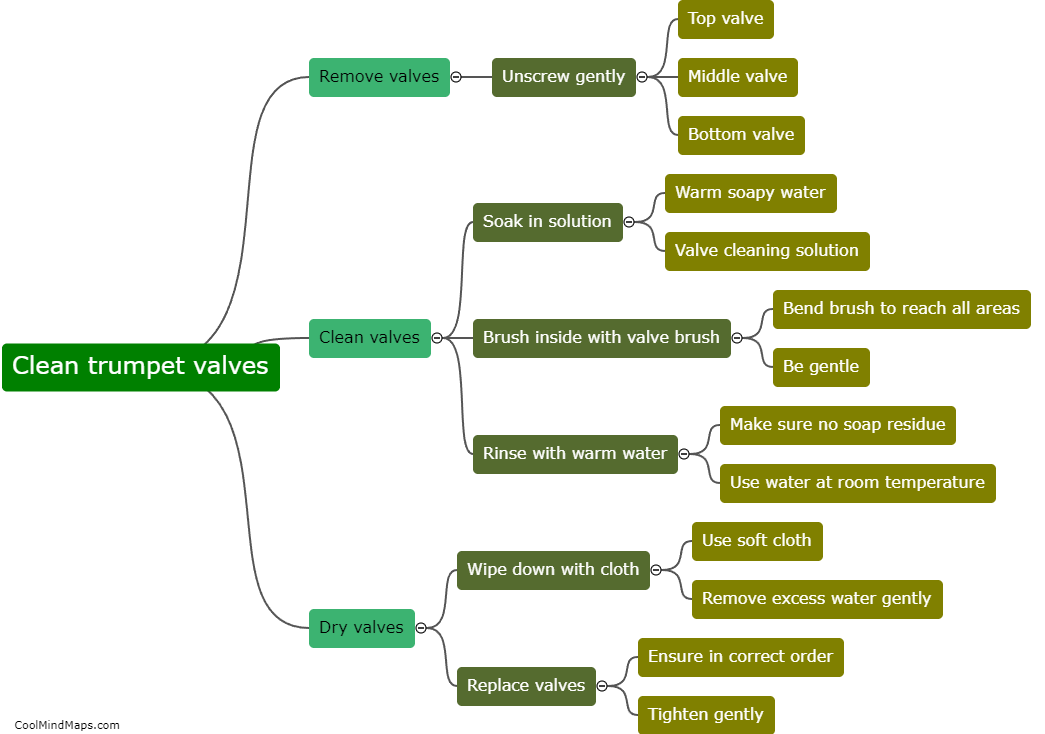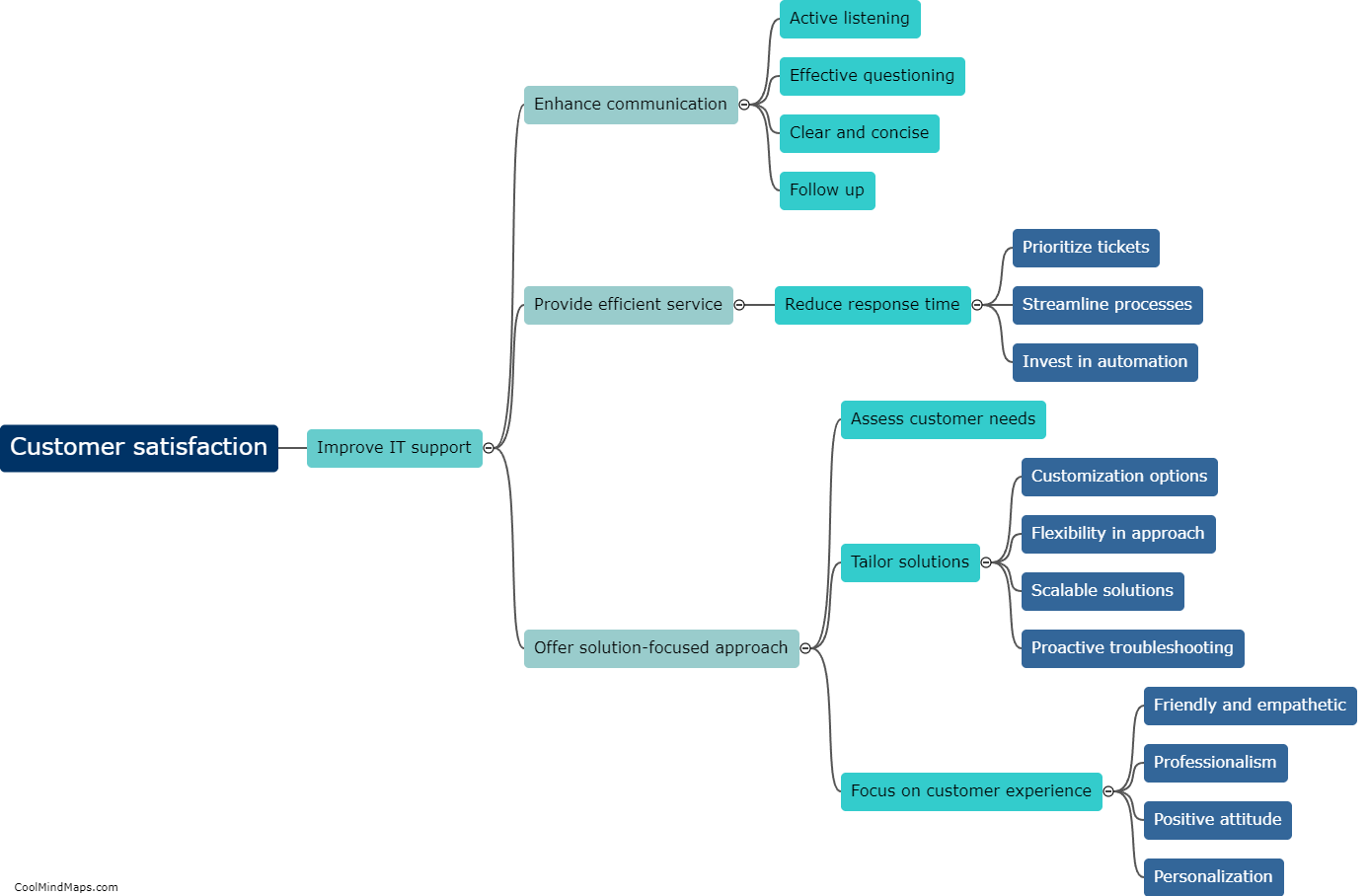What are the stages in the patient journey?
The patient journey can be divided into several stages, starting with the initial need for healthcare. The first stage involves recognizing and acknowledging symptoms or concerns, prompting individuals to seek medical attention. Once a decision is made to seek healthcare, the second stage begins, which involves making an appointment or visiting a healthcare provider. During this stage, patients may undergo various diagnostic tests or evaluations to determine their condition, followed by the third stage, which involves receiving a diagnosis. Following diagnosis, the fourth stage focuses on treatment planning, where patients collaborate with healthcare professionals to develop a comprehensive treatment plan. The fifth stage is the actual treatment, involving therapies, medications, surgery, or any other necessary interventions. Finally, the patient journey concludes with the maintenance and follow-up stage, where patients are monitored and evaluated to ensure the effectiveness of treatment and make any necessary adjustments. Each stage plays a crucial role in managing a patient's condition and achieving optimal healthcare outcomes.

This mind map was published on 22 September 2023 and has been viewed 101 times.











